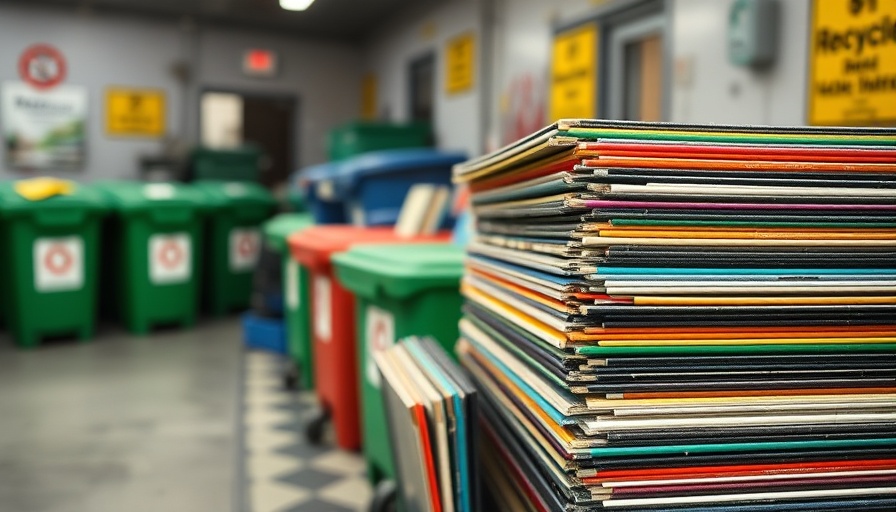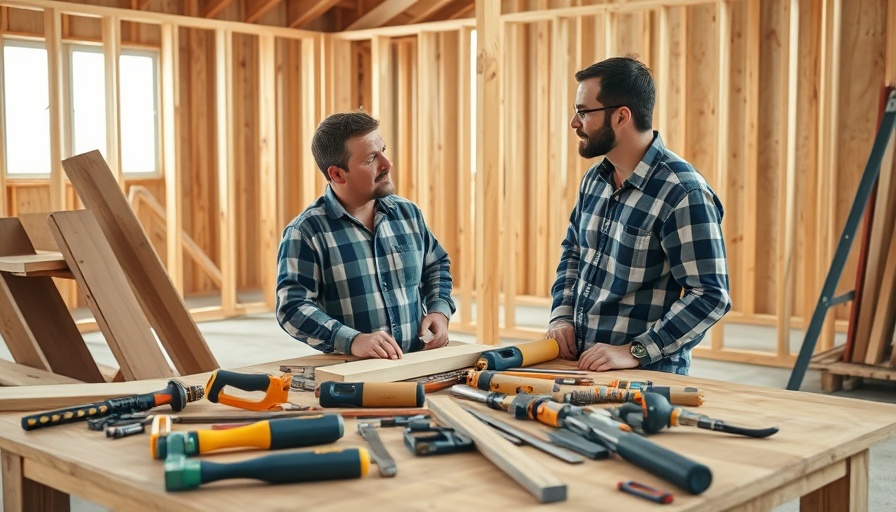
Vinyl Products: A Hidden Environmental Ally
Vinyl products, commonly known as PVC (polyvinyl chloride), are often misunderstood. While these materials are integral to various industries—from home construction to healthcare—many people are unaware of their recyclability. Emphasizing the importance of recycling is more pertinent than ever, especially as awareness grows around sustainability and environmental responsibility.
The Dual Benefits of Vinyl Recycling
Recycling vinyl products is not just about reducing waste; it significantly reduces the demand for virgin vinyl resin. The Vinyl Institute has reported that approximately 1.1 billion pounds of PVC are recycled each year in the U.S. and Canada. This remarkable figure reflects the industry's commitment to sustainability and its innovative solutions to enhance recycling capabilities.
Innovative Recycling Technologies
While mechanical recycling of PVC poses challenges—primarily due to its mixture with other plastics—recent advancements have made recycling these materials more efficient. New technologies can now handle mixed plastic streams that include PVC, which means more of these valuable materials can be reused in the manufacturing of new products.
Real-Life Examples of Vinyl Recycling
Several companies have already started implementing these recycling methods into their operations. For instance, some manufacturers have begun producing car mats from recycled PVC, and new products are being made from PVC materials sourced from discarded wires and cables. Even non-profit organizations are getting involved. One innovative project involves converting old billboards into durable tarps that can provide temporary roofing solutions during disasters, showcasing the versatility of recycled vinyl.
Supporting Initiatives: The Role of the Vinyl Institute
The vinyl industry is proactively fostering recycling through initiatives like the Vinyl Institute’s VIABILITY™ program. This program has distributed over $2 million to support post-consumer PVC recycling technologies. Such funding not only supports projects financially but also underscores the essential role of community engagement in successful recycling efforts.
How Homeowners Can Contribute to Vinyl Recycling
As a homeowner, you can play a crucial role in the recycling process. By participating in local recycling programs and understanding how to dispose of vinyl products correctly, you contribute to diverting waste from landfills. This holds true whether you're renovating your home or simply upgrading your living space. Many localities are improving their recycling infrastructure, making it easier than ever to recycle PVC products.
A Collective Effort Toward Sustainability
The growing conversation about sustainability emphasizes the importance of recycling vinyl products. As both consumers and producers become more aware, the collective effort can yield significant environmental benefits. By actively recycling and supporting initiatives to enhance recycling infrastructure, we can ensure that materials like vinyl are given a second life rather than ending up in landfills.
Conclusion
As homeowners explore options for home improvement, it’s essential to embrace the recyclable nature of vinyl products. Initiatives by industry leaders like the Vinyl Institute are paving the way for a future where recycling vinyl is standard practice. By taking simple steps to recycle your vinyl, you contribute to a more sustainable environment. Discover the impact of your recycling efforts and join the movement for a greener tomorrow.
 Add Row
Add Row  Add
Add 




Write A Comment